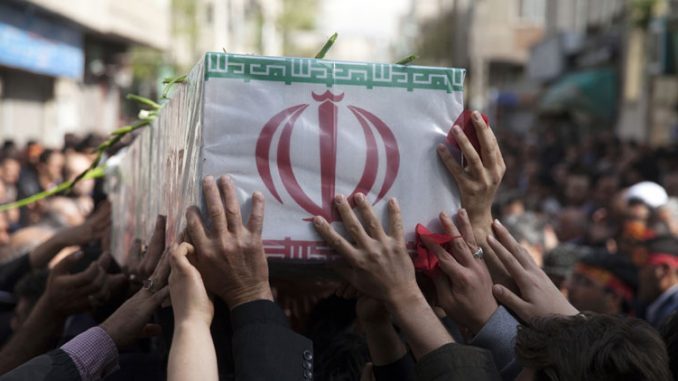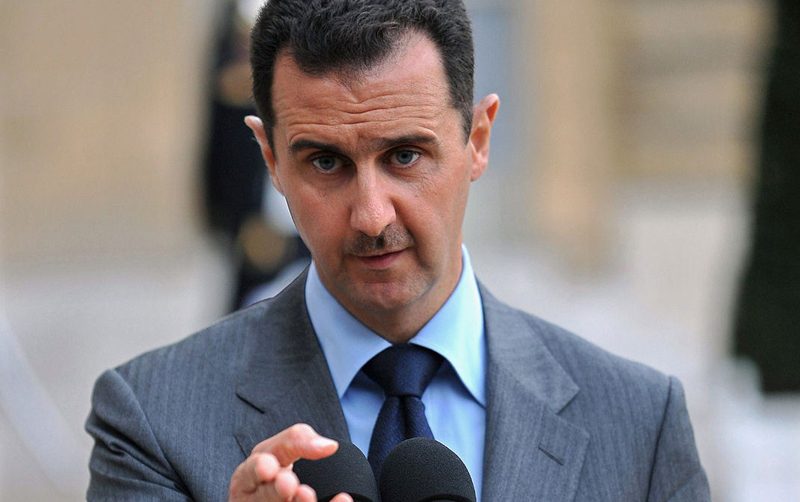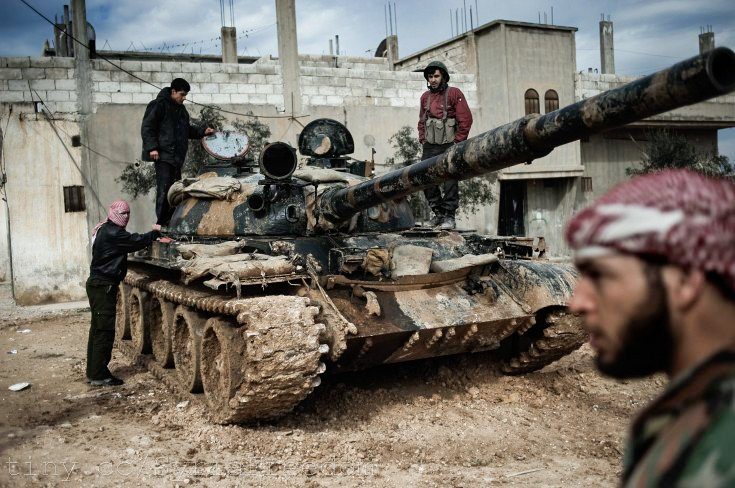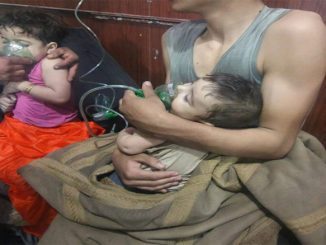
More than 1,000 Iranian fighters have been killed in Syria since Tehran began its intervention in the country to support the Assad regime five years ago, an Iranian official announced recently.
Iran has been sending fighters to Syria since the early stages of the more than five-year-old war to support its ally, President Bashar al-Assad, against the rebel groups.
The Assad family dictatorship is running out of soldiers and is becoming increasingly reliant on mercenaries. Indeed, from the very beginning the Assad regime had an opponent that it could never really defeat: Syria’s demography.
“Now the number of Iran’s martyrs as defenders of the shrine has exceeded 1,000,” Mohammadali Shahidi Mahallati, head of Iran’s Foundation of Martyrs, which offers financial support to relatives of those killed fighting for Iran, was quoted as saying by Tasnim news agency.
Iran alludes to its fighters in Syria as “defenders of the shrine”, a reference to the Sayeda Zeinab mosque near Damascus, which is where a granddaughter of the Prophet Mohammad is said to be buried, as well as other shrines revered by Shia.
In order to prevent the collapse of Syrian government forces, experienced units from the Lebanese militia Hezbollah began fighting for Assad as early as 2012.
Later, they were joined by Iranians, Iraqis, Pakistanis and Yemenis — Shiites from all over, on whom the regime is increasingly dependent.
Those fighters played an essential role in prolonging Assad regime’s survival and took part in nearly every major military operation against the opposition, most recently in Aleppo and rural Damascus.
But the longer the war continues without victory, the more difficult it has become for Assad’s allies to justify the growing body count. In 2013, for example, Hezbollah lost 130 fighters as it captured the city of Qusair and has lost many more than that trying to hold on to it. Indeed, Hezbollah has begun writing “traffic accident” as the cause of death on death certificates of its fighters who fall in Syria.
The Iraqis have almost all returned home. Rather than fighting themselves, they largely control the operations from the background. The Iraqi militia Asa’ib Ahl al-Haq, for example, organizes the deployment of Pakistani volunteers in Syria. But no ethnic group is represented on all of the regime’s fronts to the degree that the Afghan Hazara are. Exact numbers are hard to come by, but some 700 of them are thought to have lost their lives in Aleppo and Daraa alone. What’s worse, most of them don’t come completely of their own free will.
Up to 2 million Hazara live in Iran, most of them as illegal immigrants. It is an inexhaustible reservoir of the desperate, from which the Pasdars — as Iran’s Revolutionary Guards are called — have recruited thousands for the war in Syria over the last year and a half.



